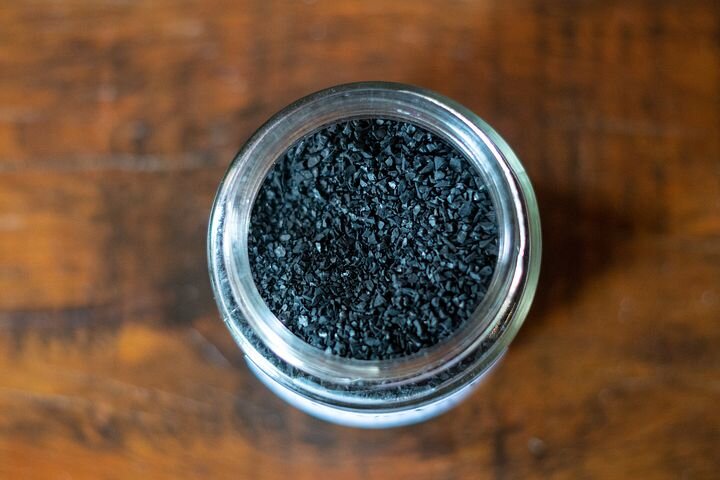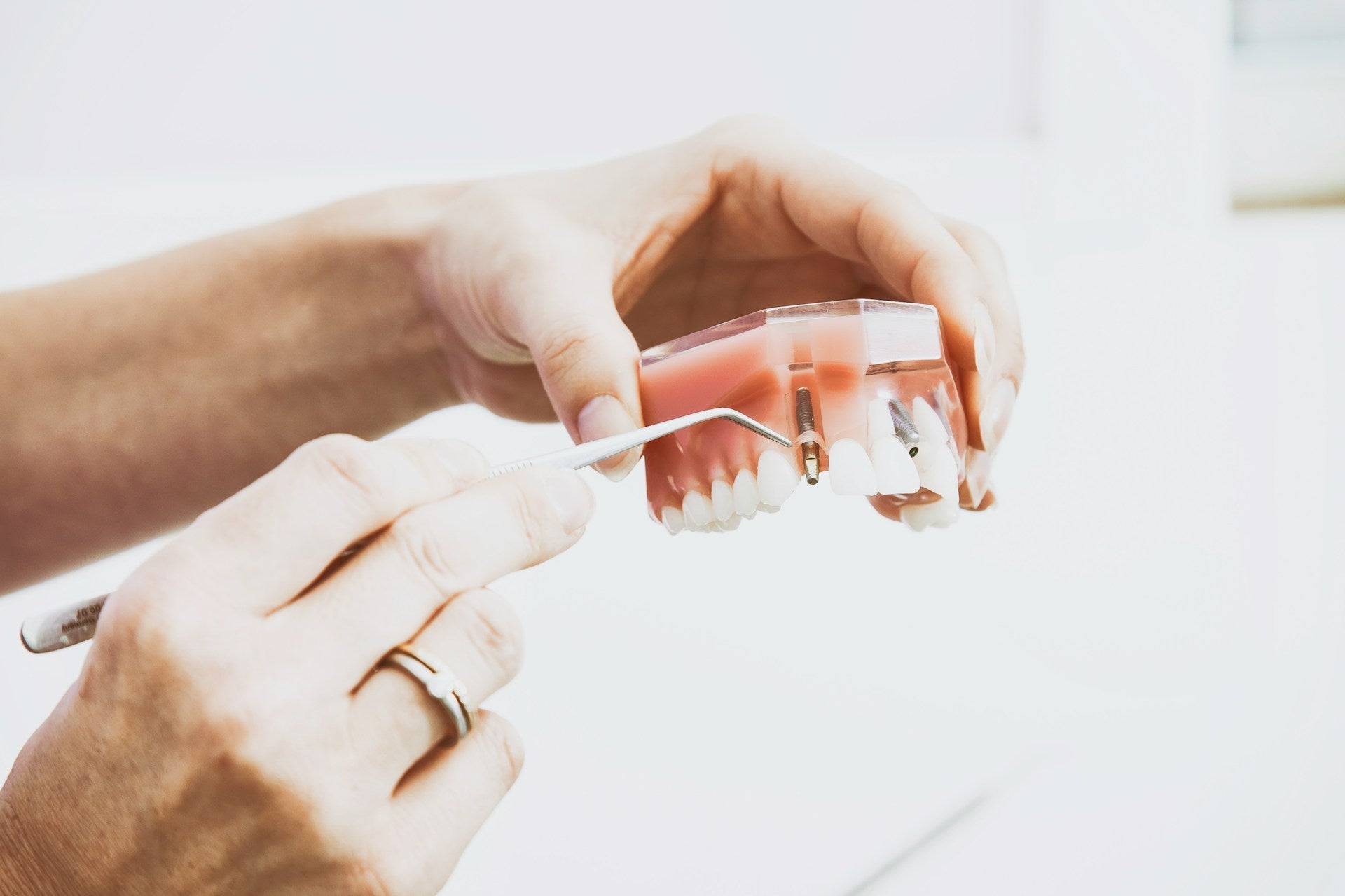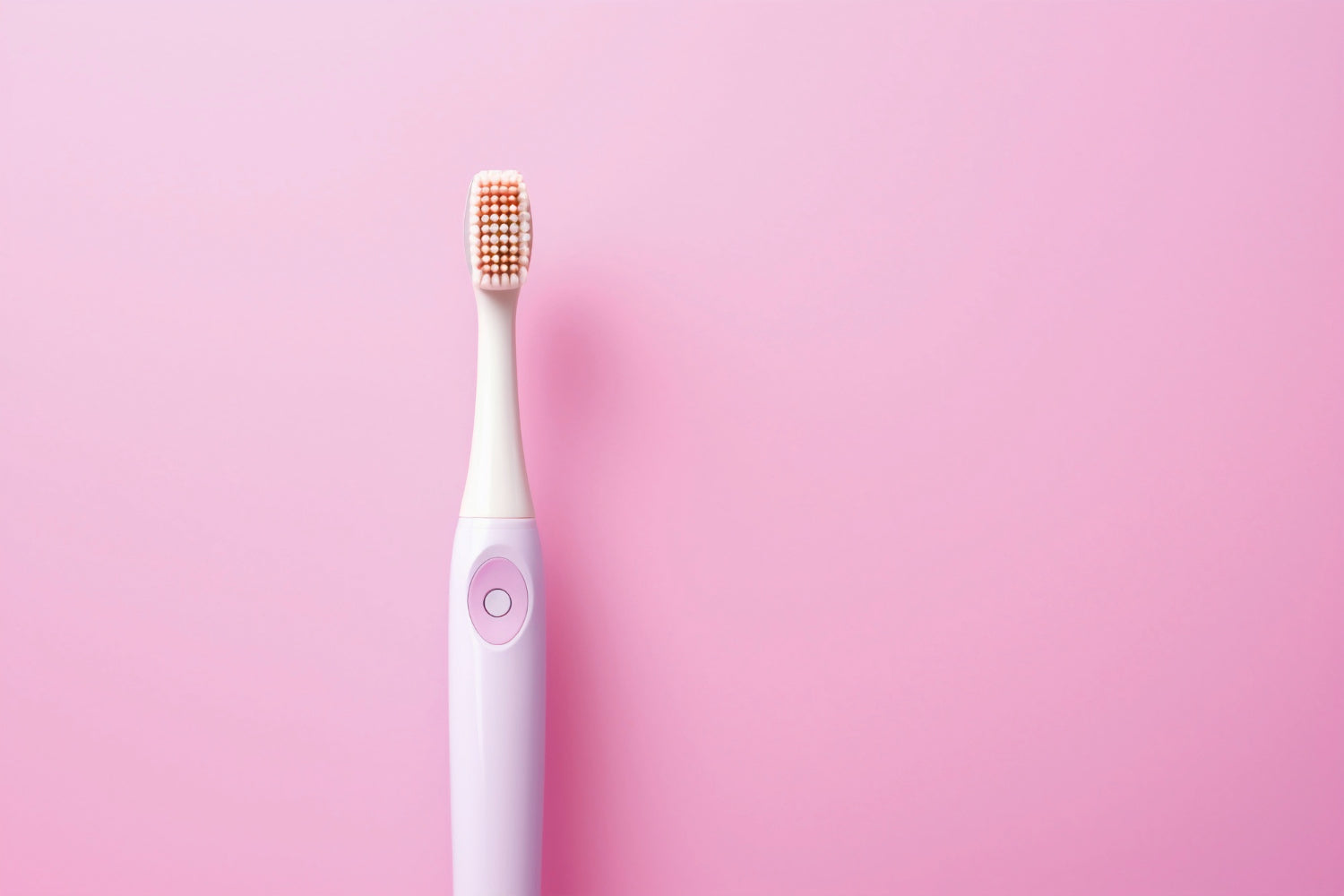A French professor of medicine is said to have drunk a lethal dose of strychnine in 1831 and survived ingestion of the toxic mixture by adding activated charcoal. Today, fortunately, we know other methods to highlight the beneficial properties of activated charcoal.
Activated charcoal is available in the form of charcoal tablets, which are supposed to inhibit the absorption of toxic chemical substances. In addition, smoothies with activated charcoal are considered detox drinks, face masks are used for oily and blemished skin with the promise of reducing blackheads.
So the black powder is in vogue - even in oral hygiene, because activated charcoal can help whiten teeth naturally.
How activated charcoal works
Activated charcoal, or medicinal charcoal, is a porous carbon that breaks down into tiny pieces, allowing it to spread over a large surface area. The internal surface area of just four grams is about the size of a soccer field. The tiny particles can bind toxins, chemicals or odor molecules.
Applied to oral hygiene, this means: Tannins contained in coffee, tea or red wine, for example, which stain the teeth, are absorbed by the activated carbon and thus separated from the tooth enamel. What remains is white, natural-looking tooth enamel. Bacteria that cause bad breath or lead to gum disease are also absorbed. Activated charcoal can therefore ensure a bright white smile as well as fresh breath.
How activated charcoal is used in oral hygiene.
There are different options for brushing teeth with activated charcoal. On the one hand, powder or activated charcoal toothpaste can be used. On the other hand, there are capsules that are bitten before brushing the teeth or brush heads containing activated charcoal for electric toothbrushes.
Due to the rough surface of the activated charcoal, the abrasion of toothpaste, powder or capsules is higher than with conventional oral care products. Daily use is therefore not recommended, because the tooth enamel can also be attacked. Unfortunately, this does not grow back and is also difficult to replace.
What are the risks and how to avoid them?
Critics also complain that the activated carbon absorbs and thus removes not only bad, but also good bacteria. In addition, some toothpastes would lack effective additives such as fluoride, which helps prevent tooth decay. In addition, the pollutant-binding effect could be lost if the tube is open for a long time.
Caution is therefore advised when using activated charcoal in oral hygiene in the form of toothpaste or powder. Using brush heads with activated charcoal is a good alternative because the concentration in the bristles is low and has been adapted for daily use. You simply brush your teeth as usual and do not have to worry about abrasion being too high.




Leave a comment
All comments are moderated before being published.
This site is protected by hCaptcha and the hCaptcha Privacy Policy and Terms of Service apply.